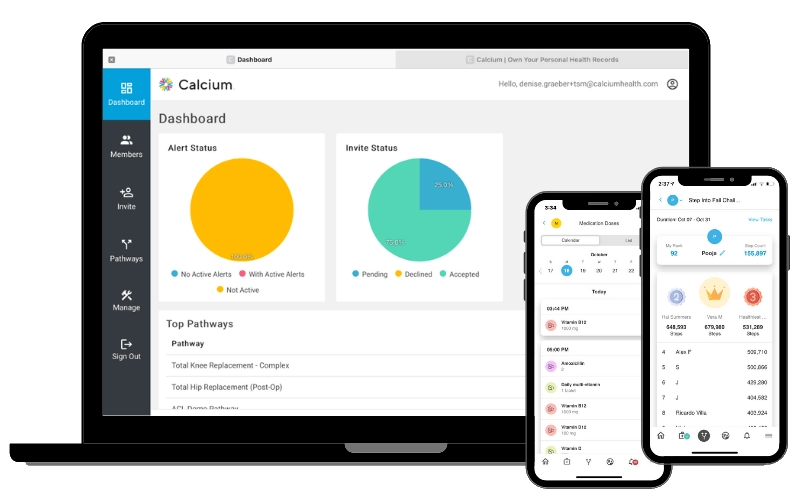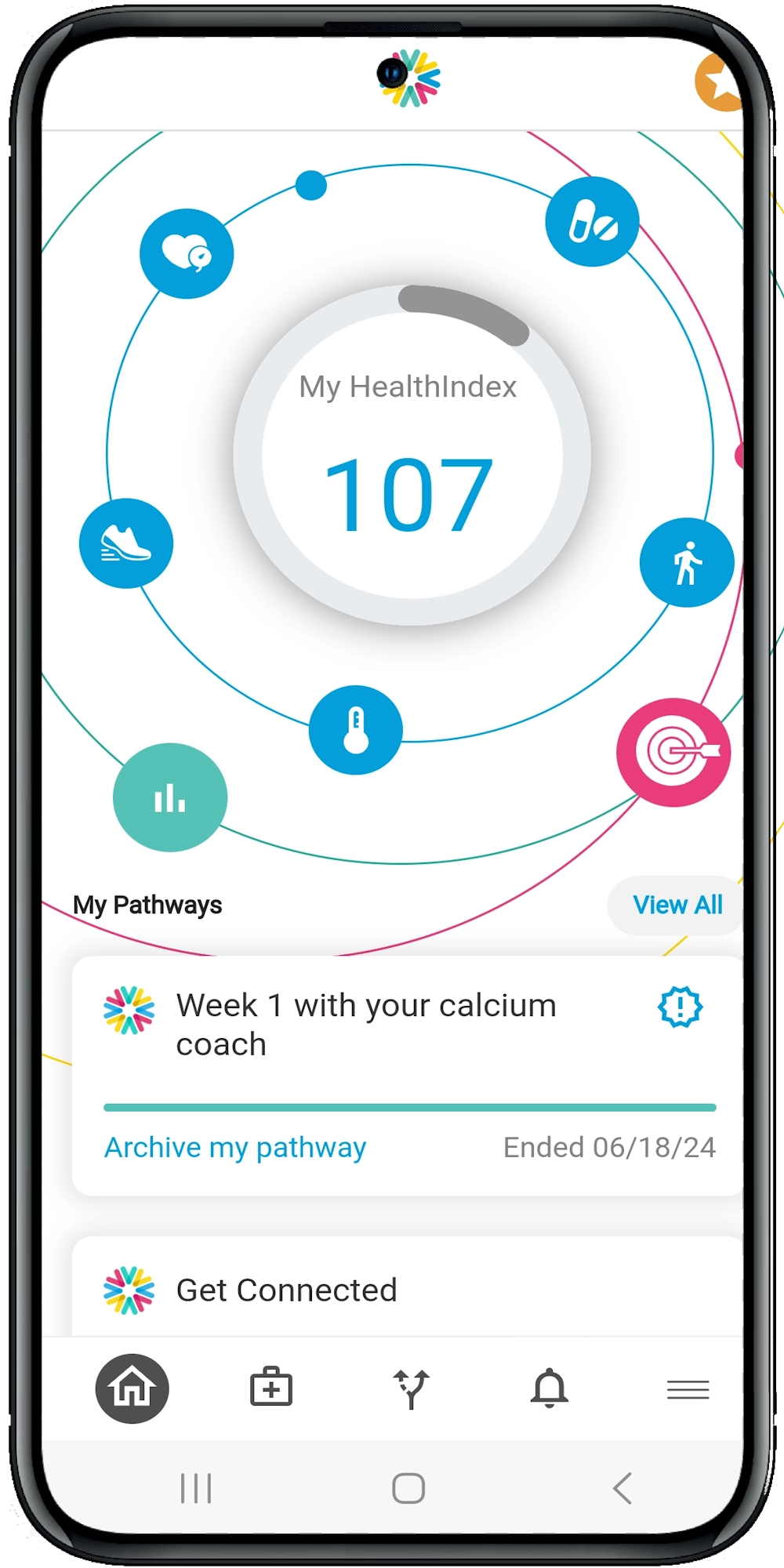How Wearables are Enhancing Cancer Patient Monitoring
The Role of Wearables in Cancer Care
Wearables are no longer just about tracking steps or monitoring heart rates. They have evolved into sophisticated devices capable of providing real-time data that can be crucial for cancer patients. Imagine a world where a simple wristband can alert you to early signs of complications, or where a patch on your skin can track your vitals continuously. Sounds like science fiction? It’s not. This is the reality that wearables are bringing to cancer care.
Real-Time Monitoring: A Game Changer
One of the most significant advantages of wearables is real-time monitoring. Cancer patients often undergo intense treatments that can have severe side effects. Monitoring these side effects in real-time can make a world of difference. For instance:
- Heart Rate and Blood Pressure: Wearables can continuously monitor heart rate and blood pressure, alerting both patients and healthcare providers to any sudden changes that may indicate complications.
- Temperature: A sudden spike in temperature could indicate an infection, which is particularly dangerous for cancer patients with compromised immune systems.
- Oxygen Saturation: Devices like pulse oximeters can monitor oxygen levels, crucial for patients undergoing treatments that affect lung function.
Improved Patient Engagement and Compliance
Wearables can also enhance patient engagement and compliance with treatment protocols. When patients can see their data in real-time, they are more likely to adhere to their treatment plans. Here’s how:
- Visual Feedback: Seeing is believing. When patients can visualize their progress, they are more motivated to stick to their treatment plans.
- Reminders and Alerts: Wearables can send reminders for medication, hydration, and even exercise, ensuring that patients stay on track.
- Data Sharing: Patients can easily share their data with their healthcare team, facilitating better communication and more personalized care.
Early Detection of Complications
Early detection is crucial in cancer care. Wearables can help identify complications before they become severe. For example:
- Arrhythmias: Some wearables can detect irregular heartbeats, which can be a side effect of certain cancer treatments.
- Dehydration: Sensors can monitor hydration levels, alerting patients to drink more fluids.
- Fatigue: Activity trackers can help monitor energy levels, providing insights into fatigue patterns that may need addressing.
Personalized Treatment Plans
Wearables provide a wealth of data that can be used to tailor treatment plans to individual patients. Personalized medicine is the future of healthcare, and wearables are at the forefront of this revolution. Here’s how:
- Data-Driven Decisions: With continuous data collection, healthcare providers can make more informed decisions about treatment adjustments.
- Tailored Interventions: Based on the data, interventions can be customized to meet the specific needs of each patient, improving outcomes and reducing side effects.
- Predictive Analytics: Advanced algorithms can analyze wearable data to predict potential complications, allowing for proactive interventions.
Integration with Digital Health Platforms
The power of wearables is amplified when integrated with comprehensive digital health platforms. These platforms can aggregate data from multiple sources, providing a holistic view of the patient’s health. Key benefits include:
- Centralized Data: All patient data is stored in one place, making it easier for healthcare providers to access and analyze.
- Interoperability: Digital health platforms can integrate with electronic health records (EHRs), ensuring that wearable data is part of the patient’s medical history.
- Remote Monitoring: Healthcare providers can monitor patients remotely, reducing the need for frequent hospital visits and allowing for more timely interventions.
Challenges and Considerations
While wearables offer numerous benefits, there are also challenges to consider. For instance:
- Data Privacy: Ensuring that patient data is secure and private is paramount.
- Accuracy: Not all wearables are created equal. Ensuring the accuracy of the data is crucial for effective monitoring.
- Patient Acceptance: Some patients may be resistant to using wearables, so it’s essential to educate them on the benefits.
The Future of Wearables in Cancer Care
The future of wearables in cancer care is bright. As technology advances, these devices will become even more sophisticated, providing even more valuable insights into patient health. Imagine wearables that can detect cancer cells in the blood or devices that can monitor the effectiveness of chemotherapy in real-time. The possibilities are endless.





